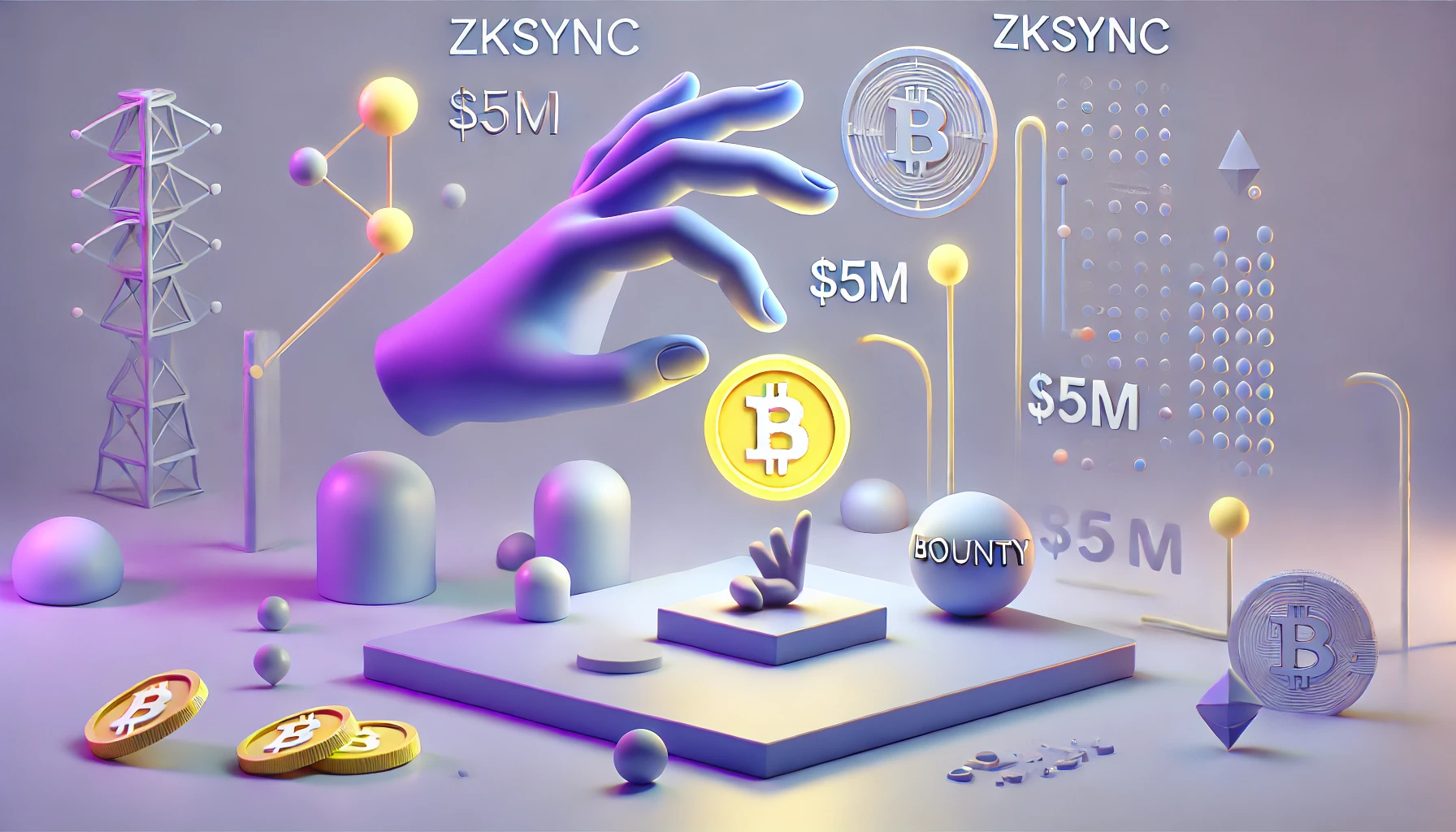The evolution of musical media
From phonograph to record
The music industry has undergone many changes over the years. In the past, there were only three options for listening to music: attending concerts, listening to the radio or using a phonograph. The phonograph was the very first machine for recording and replaying sound.
Invented by Thomas Edison, the phonograph was abandoned after some twenty years, to be replaced by Emil Berliner’s gramophone. He invented the very first record in history. It was inexpensive to produce and offered much better sound than Edison’s phonograph.
Thanks to Emile Berliner’s record, anyone could listen to their favorite music any way they liked. The birth of vinyl, in the wake of the Second World War, encouraged this phenomenon and amplified the democratization of music. However, this new-found freedom was limited to the home. The record players of the time were not designed for outdoor use.
From record to audio cassette
Invented and introduced by Philips in the early 60s, audio cassettes truly revolutionized the music industry. Underpinning the worldwide success of the Walkman marketed by Sony in 1979, they made it possible for the first time for people to listen to music away from home. In terms of audio quality, this was a complete step backwards compared with vinyl. But this gain in freedom, unique for its time, kept audio cassettes going for over 30 years.
The music market even coexisted with vinyl, and later with CDs. From the early ’80s onwards, sales of audio cassettes far outstripped those of vinyl. But it was the advent of the CD that heralded the official decline of vinyl. Sturdier, lighter, smaller and more practical, CDs offered greater advantages than vinyl.
Cassette & CD: a short-lived cohabitation
For a time, cassettes and CDs shared the market relatively equally. But it was in the mid-2000s, with the advent of digital technology, that cassettes were consigned to the closet. Not least with the launch of portable digital players. The Ipod, like the Walkman at the time, literally revolutionized the way music was consumed. Digital technology gradually overtook the physical market, and CD sales began to fall drastically.
The transition to digital (Web 2.0)
With the advent of digital technology came new ways of listening to music. The dematerialization of music has brought many advantages. Starting with virtually infinite storage capacity. In the past, whether it was vinyl, audio cassette or CD, storage limitations were always felt. This is now a thing of the past, thanks to digital technology. Today, thousands of tracks can be organized into playlists, available to suit our every need.
These can be found on digital music players, which are becoming ever more practical and innovative as time goes by. The ability to take thousands of tracks with you wherever you go is another great advantage of digital technology. Finally, importing or exporting music takes just a few seconds. It’s no longer necessary to burn CDs or record audio cassettes. With the Internet and downloads, it now only takes a few clicks to get the music you want.
The emergence of music streaming services
Following the growing digitization of music and the overabundance of MP3 players on the market, music streaming services have appeared. Music streaming services operate on the logic of access rather than ownership. In other words, unlike the days of vinyl, cassettes or CDs, you don’t own “your” music. Here, you have access to an infinite library of music of all kinds. Since this library is in the cloud, anyone can access it from almost any device. The only condition is that you pay a monthly subscription fee. A subscription that’s cheap compared to buying a single CD.
Mass adoption of music streaming platforms
Since they first appeared on the scene, music streaming platforms have been a huge success. Free access to a whole range of music at a low price and the practicality of this innovation are the main factors. The advent of the smartphone, with all the features of the MP3 player of yesteryear, also greatly encouraged mass adoption.
According to the Fédération Internationale de l’Industrie Phonographique and Le Monde newspaper, the growth of music streaming platforms such as Spotify and Deezer literally exploded in their early days. From 8 million subscribers in 2010 to 68 million in 2015. Add to this the fact that by 2021, Spotify has announced it will have reached a spectacular 172 million subscribers and passed the 400 million active user mark.
The dark side of music streaming giants
A loss of earnings for artists
In the late 2010s, music streaming was seen as one of the factors that could revive the music industry in the face of declining CD sales. However, artists have always faced difficulties in the traditional music industry.
In 2019, according to a study by the Association of European Performers Organisations, 90% of artists distributing their music on streaming platforms receive annual remuneration of less than a thousand euros.
Having enjoyed a virtual monopoly on music distribution for almost two decades, many artists have had to submit to this constraint. Audius was created to put an end to the toxic intermediation of music streaming platforms.
Introducing Audius
A decentralized music streaming service
Founded in 2018 by Forrest Browning and Roneil Rumburg, both Stanford graduates, Audius defines itself as a decentralized platform offering a music streaming service, favoring the remuneration of artists for the fruits of their labor. Being based on blockchain (Solana), Audius cuts out the middlemen of the traditional music industry, connecting artists directly with their fans.
This being the case, there is no need to charge commissions. Artists are the sole owners of their music. They have total freedom to distribute and monetize their content. The same applies to their interaction with their community.
In August 2021, Audius declared that it had been integrated into the famous TikTok platform, for the creation of a new feature called TikTok Sounds. This addition will enable almost a billion users to share music directly on the social network, via Audius. As of December 2021, Audius has nearly 6 million monthly active users and hosts over 100,000 artists.
A single mission: to support artists
In keeping with its focus on artist payments, Audius has set up a system to pay artists instantly every time one of their tracks is listened to. But unlike traditional music streaming platforms, Audius doesn’t pay artists solely according to the number of times their tracks are listened to.
The platform also takes into account artists’ activity on the platform, how they interact with fans and overall user engagement. According to Audius, 90% of the platform’s revenues are redistributed to the artists. The remaining 10% is redistributed to stakers using the Audius token (AUDIO), the platform’s native token.
From 2.0 to 3.0
Innovation is driven by solving a problem
When you think about it, the key factor driving the evolution of music media, presented throughout this article, is the desire to find a solution to a problem. In the past, the various channels available for listening to music were very limited. To solve this problem, the record was created. Despite the democratization of music via the record, it was not possible to enjoy it outdoors. The audio cassette, along with the Walkman, were invented to solve this problem.
But once you could listen to your favorite tunes wherever you liked, the lack of storage space and practicality made itself felt. Digital technology solved this problem. It led to the creation of ever-smaller MP3 players, into which thousands of tracks could be downloaded in a matter of seconds.
Then, over time, our portable players were gradually replaced by our smartphones. But having to constantly download the latest and greatest morcels was proving to be a real hassle. That’s when companies came up with the idea of offering free access to a whole mosaic of musical genres, from any device. And all at a very affordable price.
An inevitable evolution to 3.0?
The problem we face today is no longer one of consumers, but of artists. Although music streaming services are very advantageous to us, as we saw earlier, artists never come out on top. To solve this problem, the use of blockchain technology has proved to be the ideal solution. A solution embodied by Audius, which cuts out the middlemen in the music industry who constantly stifle artists. Giving artists back their right to manage their own content, with fairer remuneration.
The Audius token (AUDIO)
The Audio token is a utility token. In other words, it is indispensable for carrying out transactions within the platform. It also plays a governance role, enabling holders to take part in certain decisions concerning the platform. The Audio token has a total offering in excess of one billion units and is ranked 138th in terms of market capitalization. It has a daily trading volume in excess of $9.5 million and is worth €0.34 at the time of writing.
Should I invest in Audius?
When you’re aware of the soundness of the Audius project, it’s easy to understand the opportunity presented by the price of its token. Nevertheless, caution is called for. Especially in these times of crypto-currency bear markets. No matter how reliable or innovative, crypto-currency projects are not immune to risk. So, if you’re looking to invest, it’s best to invest in moderation to reduce your risk-taking.
Audius vs Spotify: A Crucial Comparison
The digital revolution has transformed the music industry, with the emergence of streaming platforms such as Spotify and Audius. While Spotify has become a global music streaming giant with millions of subscribers, Audius stands out for its decentralized, blockchain-based approach.
Spotify: the power of the giant
Spotify, launched in 2008, has dominated the music streaming market, offering a vast library of millions of songs. However, Spotify’s business model has been criticized for its low payments to artists, contributing to the “dark side” mentioned in the article.
Audius: The Decentralized Revolution
Audius, founded in 2018, takes an innovative approach using blockchain technology. By eliminating intermediaries, Audius aims to pay artists fairly. The platform already boasts nearly 6 million monthly active users, and its integration with TikTok is a testament to its growth potential.
Business model comparison
Whereas Spotify operates on a monthly subscription model, with payments based on listens, Audius revolutionizes the way artists are remunerated, not only on the basis of listens, but also taking into account their overall engagement and interaction with the community.
The Audius Token: a differentiating factor
A key aspect of Audius’ strategy is the use of the Audio token, which enables transactions within the platform and participation in its governance. This innovative approach could reshape the way artists are rewarded and involved in decision-making.
In conclusion, the comparison between Audius and Spotify illustrates two distinct approaches in the music industry. While Spotify has consolidated its position as market leader, Audius offers a decentralized alternative, placing artists at the heart of the process. Potential investment in Audius will depend on users’ perception of this new approach and the platform’s continued growth.














